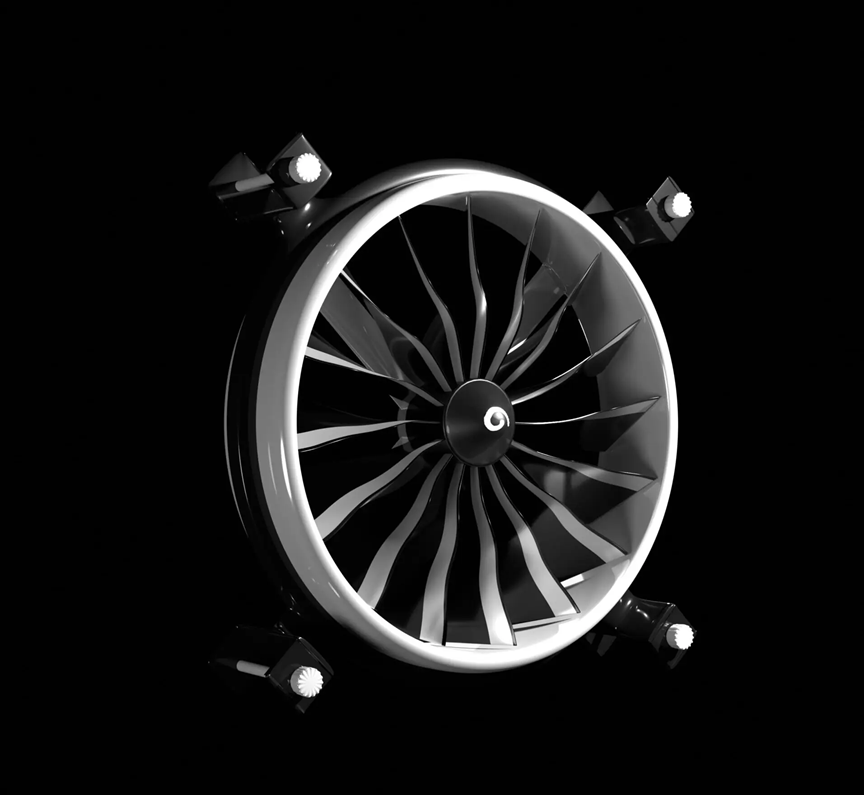High Pressure Die Casting vs. Traditional Casting Methods: What Sets It Apart in Custom Die Casting?
The debate between high pressure die casting and traditional casting methods hinges on precision, efficiency, and material versatility. High pressure die casting, which injects molten metal into reusable steel molds at rapid speeds, has become a preferred method for industries requiring complex, durable components. This article examines how this technique compares to older approaches, with a focus on the advantages of custom die casting services provided by Hordrt.

The Precision Edge of High Pressure Die Casting
High pressure die casting delivers unparalleled accuracy for intricate designs. By forcing molten metal into steel dies under extreme pressure, the process ensures minimal porosity and exceptional surface finishes. This makes it ideal for custom die casting projects demanding tight tolerances, such as automotive transmission housings or LED lighting fixtures. Non-ferrous metals like aluminum, zinc, and magnesium excel in this method, offering lightweight strength and thermal conductivity. Hordrt specializes in optimizing these materials, enabling clients to achieve complex geometries without compromising structural integrity.
Traditional Methods: Balancing Cost and Complexity
Sand casting and gravity die casting, while suitable for simpler shapes, often struggle with consistency. Sand casting uses disposable molds, leading to variations in part quality and longer production cycles. Gravity die casting improves mold reuse but lacks the pressure needed to fill thin-walled sections. For custom die casting applications requiring repeatability and detail, these methods frequently require costly post-processing. High pressure die casting eliminates such trade-offs, offering a scalable solution for both low-volume prototypes and high-volume production.
Material Efficiency and Speed in Custom Projects
High pressure die casting reduces material waste through net-shape production, where components require minimal machining. This efficiency lowers per-unit costs, particularly for alloys like magnesium, which are valued in aerospace and electric vehicle batteries. Hordrt’s expertise in custom die casting ensures components meet mechanical demands while minimizing weight. The process’s speed also accelerates time-to-market, a critical factor in competitive industries.
Conclusion
High pressure die casting offers a compelling blend of precision, speed, and material flexibility. By prioritizing these attributes, it enables custom die casting projects that were once limited by traditional methods’ constraints. Hordrt bridges technical expertise with advanced technology, delivering solutions tailored to industries like automotive, electronics, and renewable energy. Whether crafting a safety-critical automotive part or a sleek consumer product enclosure, their services ensure components meet the highest standards of quality and performance. Explore their capabilities today and discover how precision die casting can elevate your next project.
